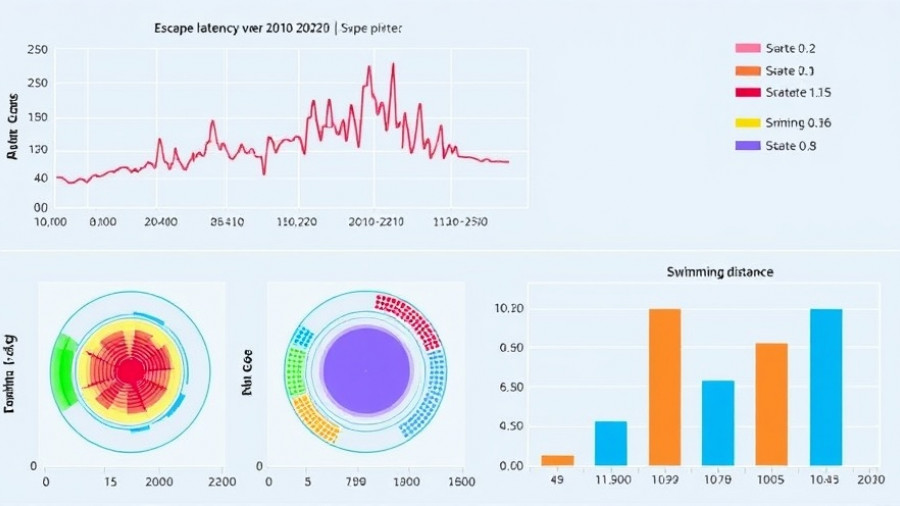
Revolutionary Advances in Aging Research
Recent findings have unveiled a breakthrough in the fight against aging, demonstrating how infrared lasers can clear harmful compounds from mouse brains. This innovative approach not only promotes cellular rejuvenation but also enhances cognitive function, a discovery that could reshape our understanding of longevity.
Understanding Harmful Metabolites and Their Impact
As we age, our bodies accumulate advanced glycation end-products (AGEs), toxic compounds that hinder our health. These byproducts form when sugars bind to proteins or lipids without the help of enzymes, ultimately contributing to metabolic diseases and increasing oxidative stress within the brain. The recent study highlights how these AGEs can lead to cognitive decline through the formation of amyloid plaques, often seen in Alzheimer’s disease.
The Role of Near-Infrared Lasers in Brain Health
The application of near-infrared light at a specific wavelength showed remarkable results in mouse models subjected to oxidative stress. This non-invasive technique enhances the drainage of harmful metabolites by promoting the function of meningeal lymphatic vessels (MLVs), which become less effective with age. Enhanced lymphatic drainage not only clears AGEs but also reduces neuroinflammation—an important factor that contributes to brain health and cognitive performance.
Cognitive Improvements Observed
In the study, treated mice performed similarly to healthy controls in cognitive tests, such as the Morris water maze, which assesses memory and learning. With significantly reduced levels of caspase-3, a marker for cellular death, and decreased inflammatory cytokines, the treated mice showcased a notable return of cognitive function. This correlation highlights the connection between oxidative stress reduction and improved brain performance, leading researchers to speculate on the broader implications of this treatment for neurodegenerative diseases.
Impacts Beyond Animal Testing
This advancement opens doors for future studies in humans. Previous work with similar phototherapy has shown promise in treating cognitive decline, revealing a potential path to therapeutic options that could enhance our healthspan—the period of life spent in good health. Given that these methods are non-invasive, they represent a significant breakthrough in longevity science with the possibility of being translated into everyday health practices.
Why This Research Matters for Longevity
The findings from this research center on the science of aging and contribute to a growing portfolio of studies dedicated to longevity and improved health. By seeking solutions to clear harmful compounds like AGEs, scientists are moving towards a future where cognitive decline may be prevented, granting individuals longer, healthier lives.
For health-conscious individuals aged 30-55, these insights not only deliver hope but also emphasize the importance of staying informed about the latest aging research. As the field of longevity science evolves, understanding such breakthroughs can empower choices beneficial to overall health.
 Add Row
Add Row  Add
Add 




Write A Comment